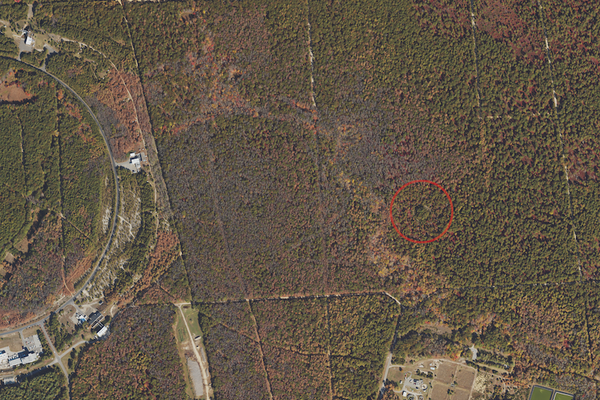Brookhaven Relativistic Heavy Ion Collider
The second-largest (of only two in the world) large particle collider is the underdog of experimental physics.
Along with the Large Hadron Collider (LHC) at CERN, Brookhaven National Laboratory’s Relativistic Heavy Ion Collider (RHIC) is the only other large particle accelerator in the world, and what is lacks in brand-name notoriety, it makes up for in the creation of deadly plasmas.
Opened nearly a decade prior to the LHC, the RHIC was a facility ahead of its time. The main focus of the collider is, not unlike its more famous counterpart, smashing infinitesimally small particles together and just seeing what happens! As particles are shot down the 2.4 mile long “track” in opposite directions, they occasionally collide, spraying their component particles across the sensor laden walls. When the collisions occur, quarks, gluons, and other rare elements are produced making atoms look like simple math.
These interactions, despite being so small it seems impossible, end up releasing equally mind-boggling temperatures. As the thousands of collisions occur each second the facility is in operation, the violent particle separation actually produces heats which can be many thousands of times hotter than the Sun. Luckily for the RHIC’s equipment (and our whole planet, really) these plasma bursts take place in a billionth of a second before flaring out.
Maybe its a bit older, and not quite as huge as its European big brother, but the RHIC has been smashing atoms in the US of A since before it was popular, and it continues act as an exciting symbol of America’s often wavering commitment to scientific innovation.

















Follow us on Twitter to get the latest on the world's hidden wonders.
Like us on Facebook to get the latest on the world's hidden wonders.
Follow us on Twitter Like us on Facebook